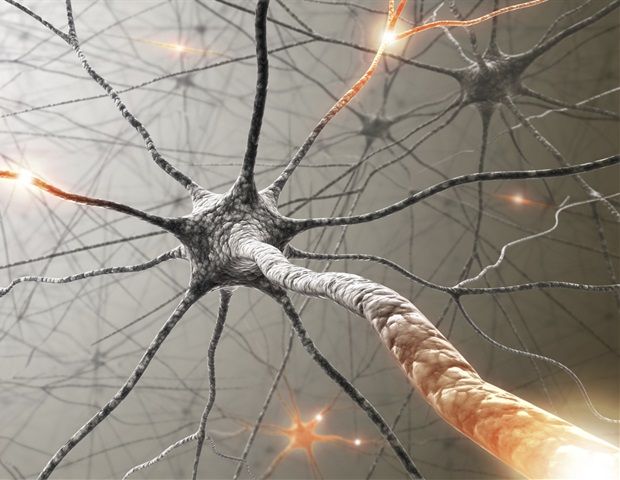Ancient Nervous System Structure Uncovered: New Insights into Ecdysozoan Evolution

An international team of scientists has made a groundbreaking discovery in understanding the evolution of the ventral nerve cord, a crucial component of the central nervous system, in ecdysozoan animals. The study, published in Science Advances, sheds light on the origins of this structure during the basal Cambrian period.
Ecdysozoans include insects, nematodes, and priapulid worms, and their central nervous systems have long fascinated scientists seeking to unravel their evolutionary relationships. The team, led by Researchers from Northwestern University, Université de Lyon, Queen Mary University of London, and Rey Juan Carlos University, analyzed exceptionally well-preserved fossils from key Cambrian deposits.
The researchers analyzed fossil impressions of early-evolving Scalidophora, a subgroup of Ecdysozoa, to determine the likely ancestral nervous system architecture of ancient animals. Their findings reveal that these ancient organisms had single ventral nerve cords, shedding light on the embryonic origins of this essential structure.
"This discovery is revolutionary," said Dr Chema Martin-Durán from Queen Mary University of London. "We have long been curious about how ecdysozoans evolved their central nervous systems, and now we have a clear picture. The emergence of paired nerve cords likely facilitated greater coordination of movement in segmented animals."
Phylogenetic analysis supports the hypothesis that a single ventral nerve cord was the ancestral condition for scalidophorans, a critical lineage for investigating ecdysozoan evolution. Their common ancestor is thought to have possessed a single ventral nerve cord, while derived traits led to paired nerve cords in arthropods and other groups.
The study highlights a connection between the evolution of paired ventral nerve cords, ganglia, and body segmentation. The discovery is significant not only for its insights into ecdysozoan evolution but also for its implications for understanding early animal development and the emergence of complex locomotion in segmented animals.
"This research demonstrates the power of the fossil record in addressing fundamental questions about animal evolution," said Dr María Herranz from Rey Juan Careers University. "By linking nervous system structures to broader evolutionary trends, we gain a clearer picture of how diverse ecdysozoan lineages arose and adapted to their environments."
The findings enrich our understanding of ecdysozoan evolution and underscore the importance of continued investment in scientific research and paleontological discoveries.
